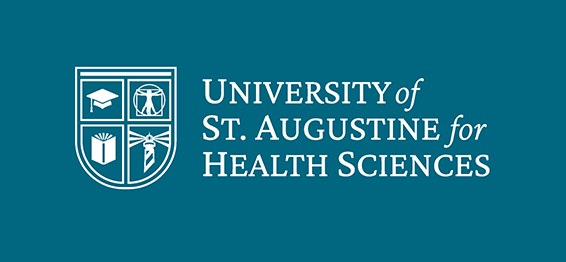Files
Download Full Text (1.4 MB)
Description
Barr and Wong1 challenged faculty to provide creative and innovative ways of teaching meaningful content related to care of the older adult population.1 Service learning combines community service with learning objectives and reflection, meeting academic and community needs.2 Service learning helps students manage the complex care of the older adult stroke population3 and intergenerational programs benefit both generations.4 The purpose of this study was to explore and compare student ideas and thoughts regarding balance and activity promotion in the older adult, both with and without a service learning opportunity Falls are a leading concern with the older adult population and students need to be trained in the complex issue of balance and activity promotion in the older adult.5 Movement and music workshops are designed on the principles of improving engagement through music and physiological and psychological issues through movement.6,7
Publication Date
Fall 2018
City
San Marcos, CA
Keywords
Physical Therapy Specialty - Education; Balance and Posture, Stroke Rehabilitation
Disciplines
Higher Education | Physical Therapy
Recommended Citation
Childers, C. M.
(2018, October 1). Service Learning for Balance and Activity Promotion in the Older Adult. Poster presented at the Campus Research Day Symposium, University of St Augustine for Health Sciences.
Retrieved from https://soar.usa.edu/casmsummer2018/1
Childers, Christine Mary, "Service Learning for Balance and Activity Promotion in the Older Adult" (2018). San Marcos, Summer 2018. 1.
Retrieved from https://soar.usa.edu/casmsummer2018/1



Comments
Presented at the Summer 2018 Research Day on the San Marcos, CA, campus of the University of St. Augustine for Health Sciences.
References
1. Barr J, Wong R, Preparing students to provide services to older adults. Journal of Physical Therapy Education.2014;28 (2):5-6.
2. Beling, J. Impact of service learning on physical therapist students' knowledge of and attitudes toward older adults and on their critical thinking ability. Journal of Physical Therapy Education, 2004.
3. Nowakowski, K, Kaufman R, Pelletier D. A clinical service learning program promotes mastery of essential competencies in geriatric physical therapy. Journal of Physical Therapy Education.2014;28 (2): 46-53
4. Tam M. Intergenerational Service Learning Between the Old and Young: What, Why and How. Educational Gerontology [serial online]. June 2014;40 (6):401-413 13p. Available from: CINAHL Plus with Full Text, Ipswich, MA. Accessed January 6, 2016.
5. Centers for Disease control and prevention 2014. Falls among older adults: An overview.http://www.cdc.gov/homeandrecreationalsafety/falls/adultfalls.html Retrieved on 4 July 2016.
6. Shimizu N, UmemuraT, Hirai T, Tamura T, Sato K, Kusaka Y. Effects of movement music therapy with the narukoclapper on psychological, physical and physiological indices among elderly females: A randomized controlled trial. Gerontology. 2013;59 (4):355-67. http://search.proquest.com/docview/1418724155?accountid=14872. doi:http://dx.doi.org/10.1159/000346763.
7. Trombetti, A, Hars, M, Herrmann, F, Kressig, R, Ferrari, S, Rizzoli, R et al. "Effect of music-based multitask training on gait, balance, and fall risk in elderly people: a randomized controlled trial. Archives of Internal Medicine, 2011;171.6: 525-533.
8. OnwuegbuzieA, Dickinson W, Leech N, Zoran A. A Qualitative Framework for Collecting and Analyzing Data in Focus Group Research. International Journal Of Qualitative Methods [serial online]. September 2009;8(3):1-21. Available from: Academic Search Complete, Ipswich, MA. Accessed July 5, 2016.
9. American Physical Therapy Association. Choosing wisely: Five things physical therapists and patients should question. Retrieved from http://www.choosingwisely.org/societies/american-physical-therapy-association/